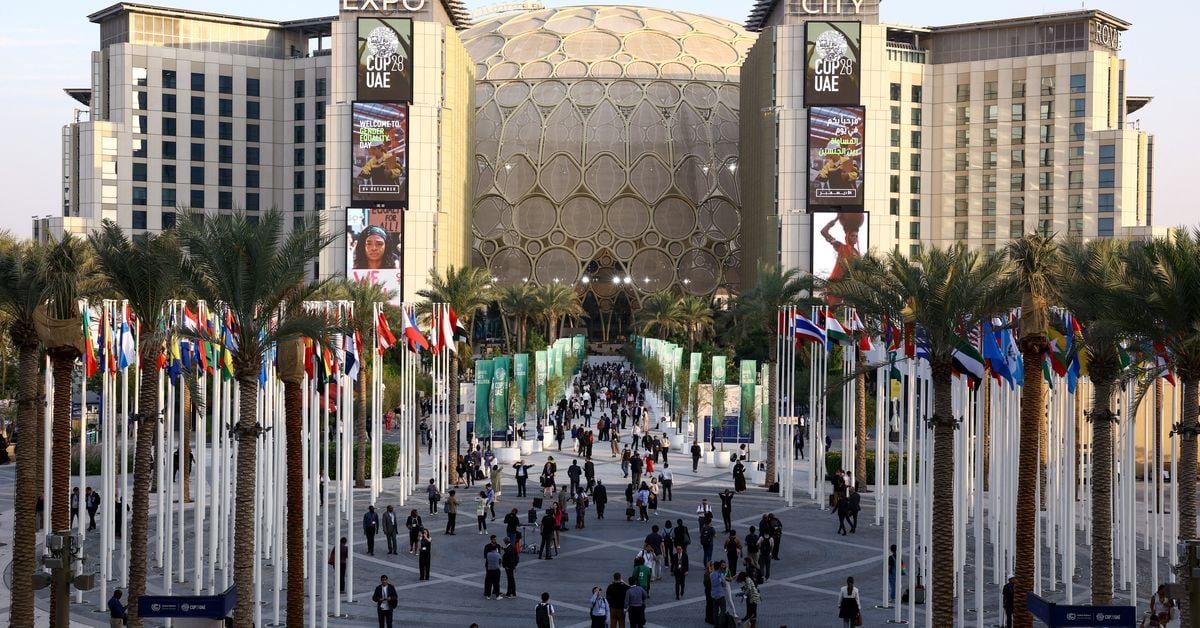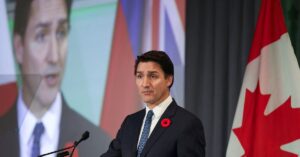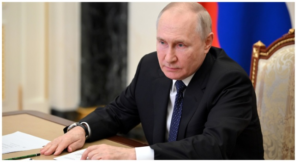
Canada issued draft regulations for reining in emissions of methane on Monday, seeking to limit the release of the potent greenhouse gas from its vast oil and gas infrastructure.
Speaking at the United Nations climate summit in Dubai, Canadian Environment Minister Steven Guilbeault said Canada would eliminate the routine venting and flaring of oil and gas infrastructure which can cause large amounts of methane to enter the atmosphere.
Canada, the world’s fourth largest oil producing nation, will also boost efforts to detect leaky oil and gas infrastructure, Guilbeault said, and address other issues that can cause methane to escape.
Such efforts add to a global plan to slash methane emissions and bring the country in line with the United States, which announced similar rules last week.
Methane doesn’t last as long in the atmosphere as carbon dioxide, but can have 80 times the climate warming impact of CO2 over a 20-year period, making it crucial that countries slash emissions to limit warming to 1.5 degrees Celsius.
Canada’s draft methane regulations would result in the emissions reduction of 217 million metric tonnes of carbon dioxide equivalent from 2027 to 2040, the government said.
Canada is one of more than 150 countries signed onto the 2021 Global Methane Pledge which commits them to reduce methane emissions by 30% by 2030.
New regulations are also expected from Egypt and Brazil on Monday.
Though China, the world’s biggest methane emitter, is not a signatory to the global methane pledge, its efforts to abate the gas are at the forefront of its activities at COP28, with several technical presentations from methane-emitting sectors like agriculture.
However, China’s climate envoy Xie Zhenhua talked down the country’s abatement capabilities, saying on Saturday that as a developing nation it was “willing but not as able” as other countries.







